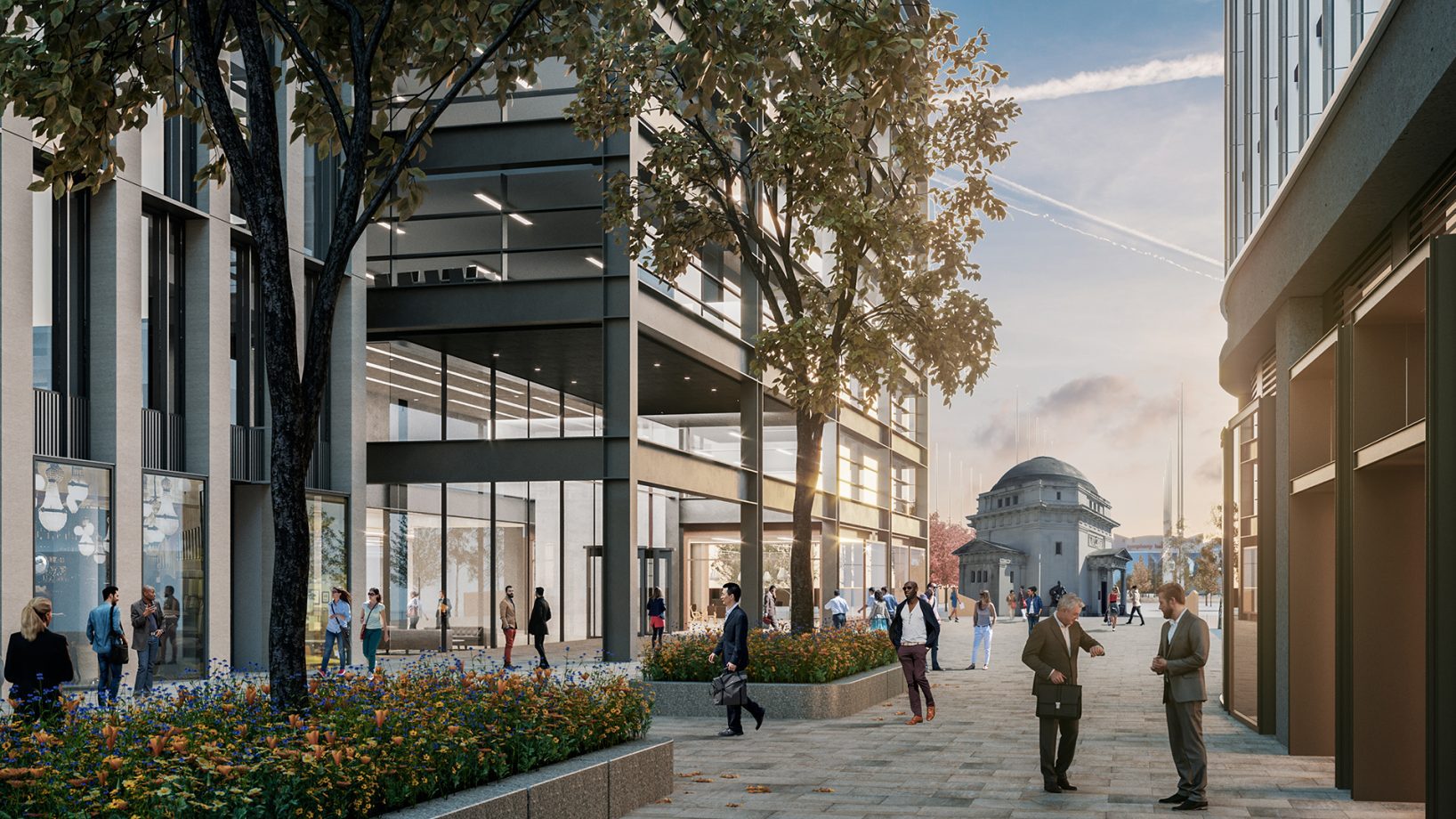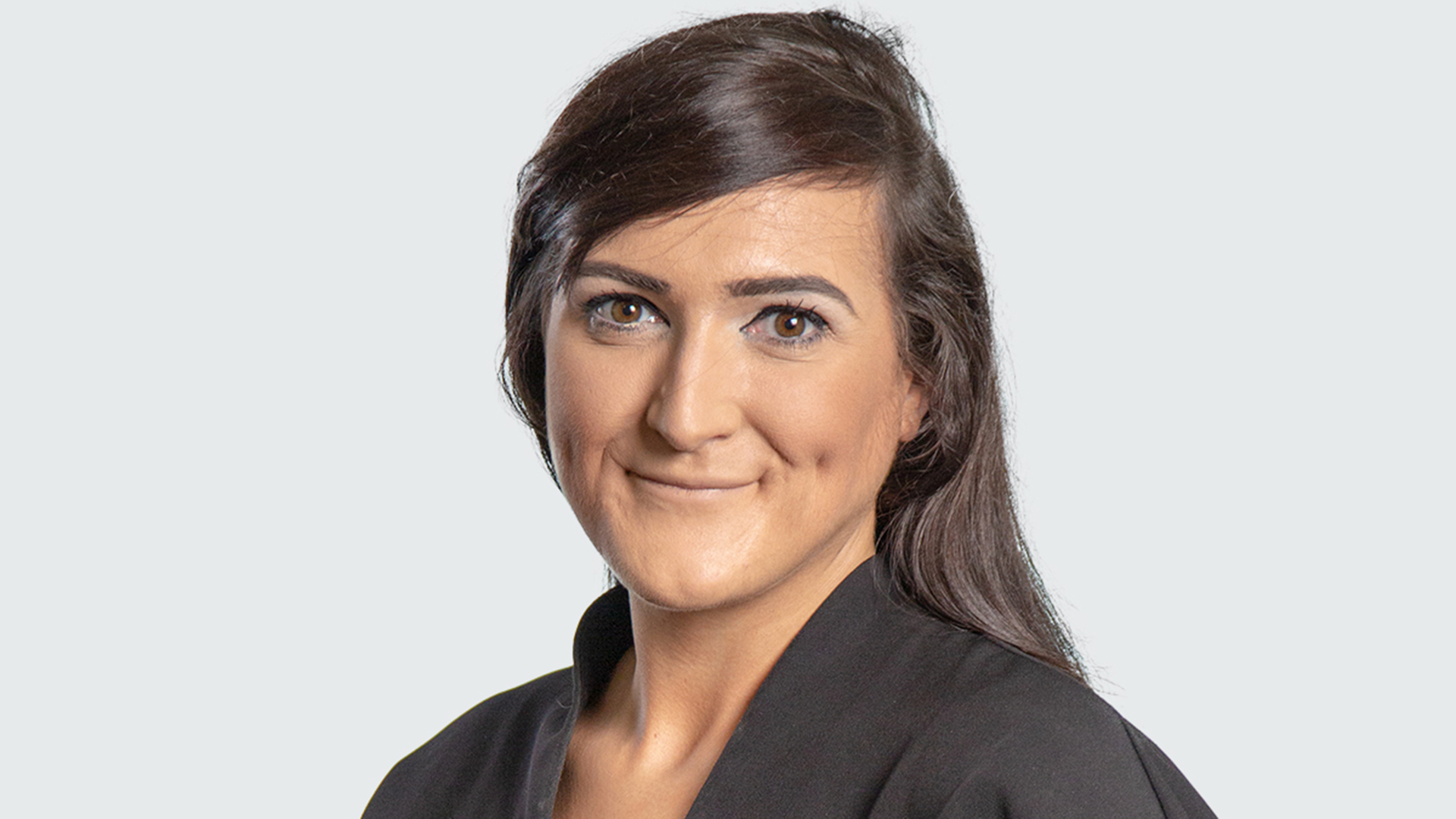Innovation from the outside in

By Shauna Bradley
The newest building currently underway at Paradise, One Centenary Way, is not just a project of grand proportions, but also of some ambitious engineering.
The first stage of construction to enable the foundations and podium level to progress has now come to an end and as we proceed with the build, the trusses are now all in place.

Earlier in the summer, the design team travelled up to the BHC site in southern Scotland to view the 35 metre long steel trusses being fabricated in a factory specifically expanded to manufacture them.
These giant trusses will allow the building to sit upon a table above the A38 Queensway tunnel, which runs directly underneath the site and which will remain open throughout the construction period and beyond.
As a result of the unique location and its complexity, One Centenary Way has always had to have a solutions-driven design. With so little opportunity for the building to interface with the ground as a normal building would do, through a load-bearing core, we had to put our thinking caps on.
So, in the absence of a traditional core, the design solution for the building was for its façade to provide the required stability instead.
It will achieve this through a steel exoskeleton frame attached to the trusses spanning the road tunnel below ground and transferring the weight of the entire structure either side of the A38.
But the innovation doesn’t stop there.
We have also adopted a de-carbonised design, making this one of the most sustainable designs ever to grace the Birmingham skyline. At the BHC factory there’s a wind turbine that generates up to 65% of the energy required to produce the steel.
The scale of the steel trusses is enormous, with each weld between the sections taking up to 14 hours to complete, and some of the 16 finished trusses weigh as much as 130 tonnes. Given the sheer size of the trusses, BHC also assembled a ‘rotating rig wheel’ to handle them and to ensure an even paint finish.
These mammoth steel trusses have now all been installed – and all while the A38 remains open. The fabrication and transportation of the trusses has been a major operation in its own right and one that received a lot of thought and planning to ensure everything goes exactly as expected.
This highly engineered structure is overcoming the challenges it faces to become one of the smartest workspaces in the city, representing the very future of 21st century buildings.
It will, for all the right reasons, become a real landmark for Birmingham.